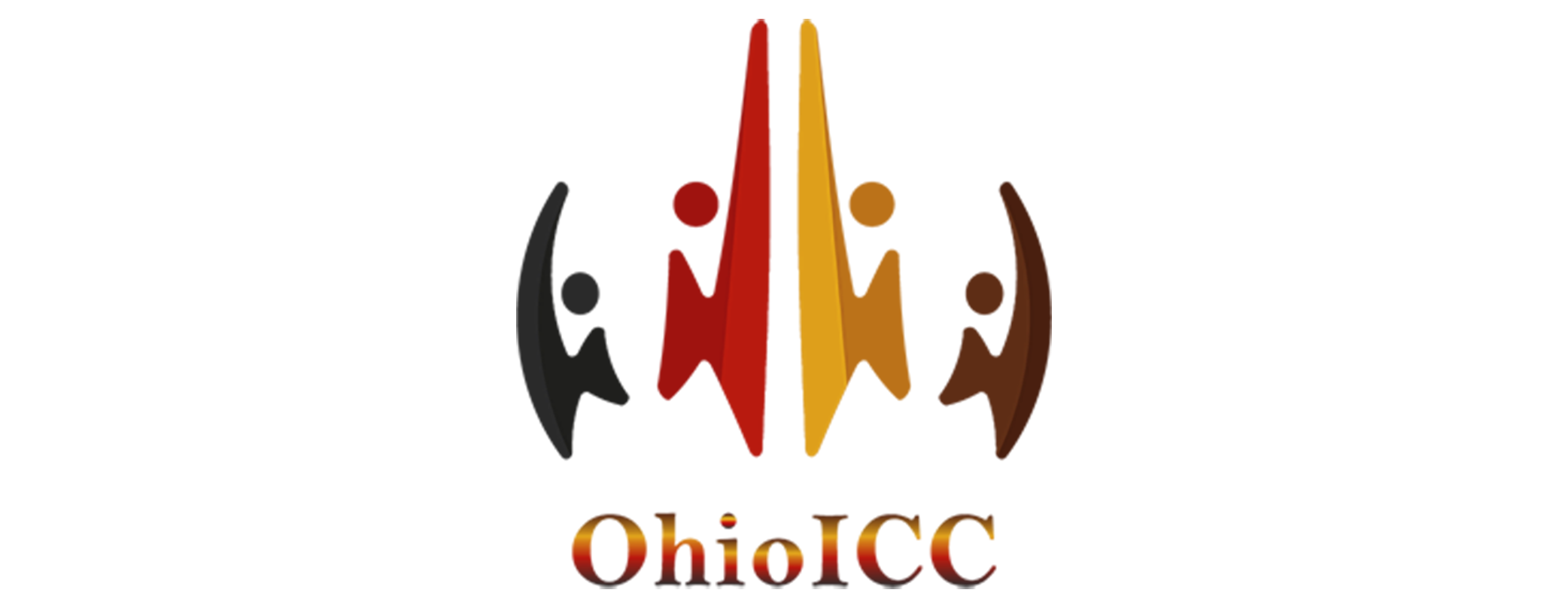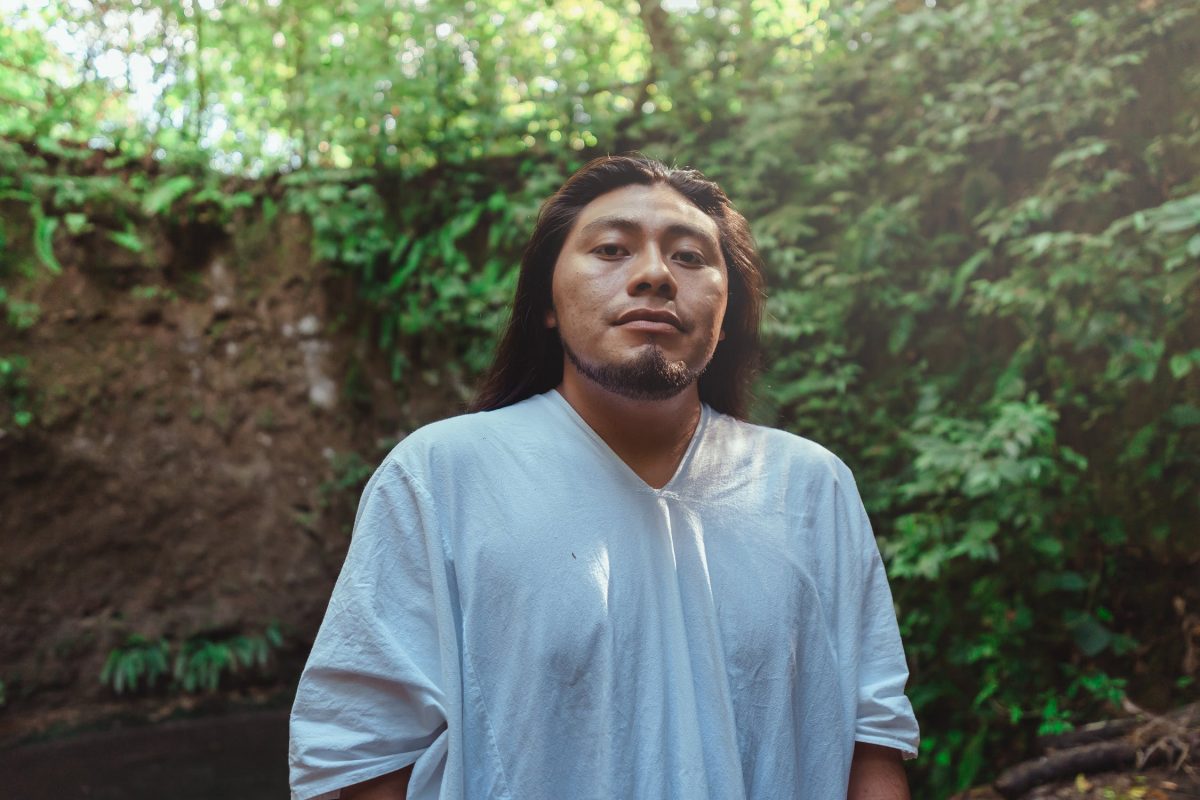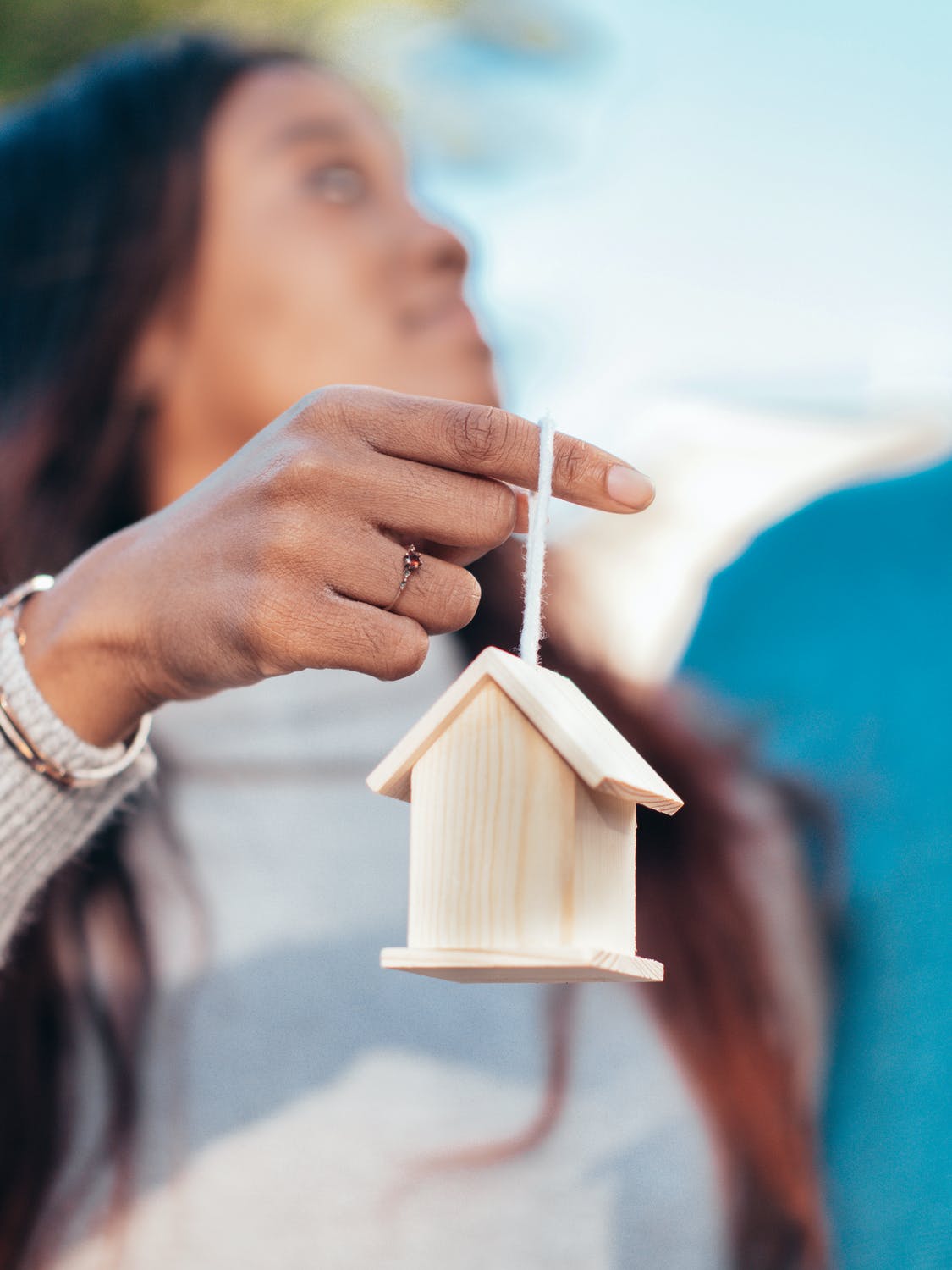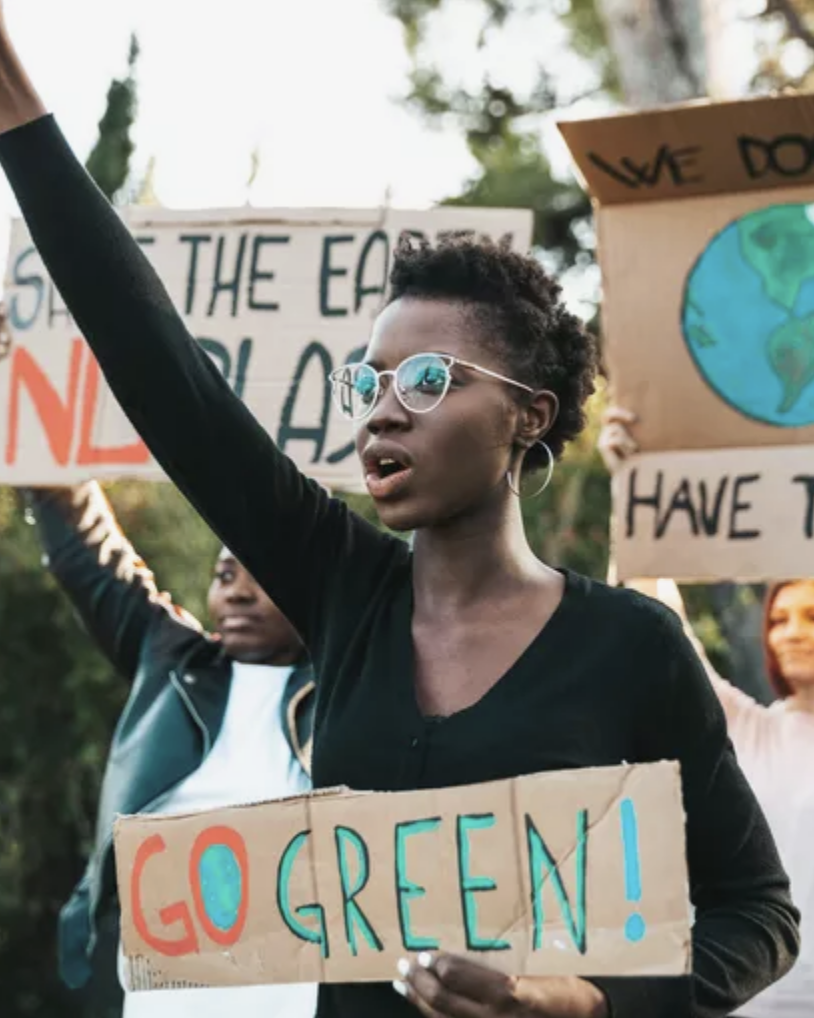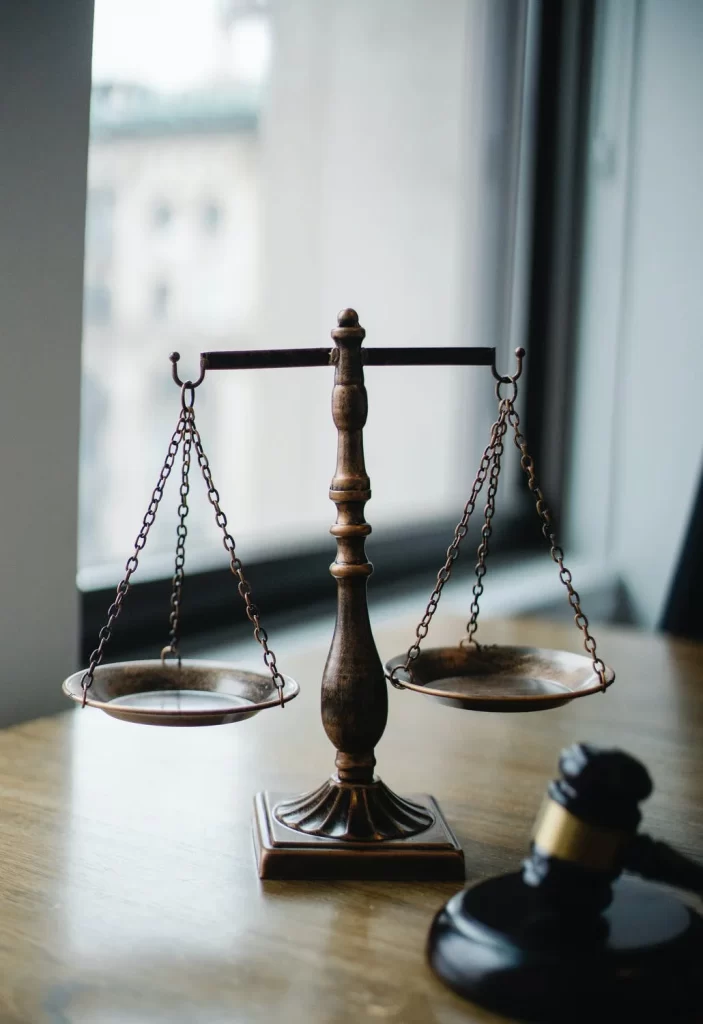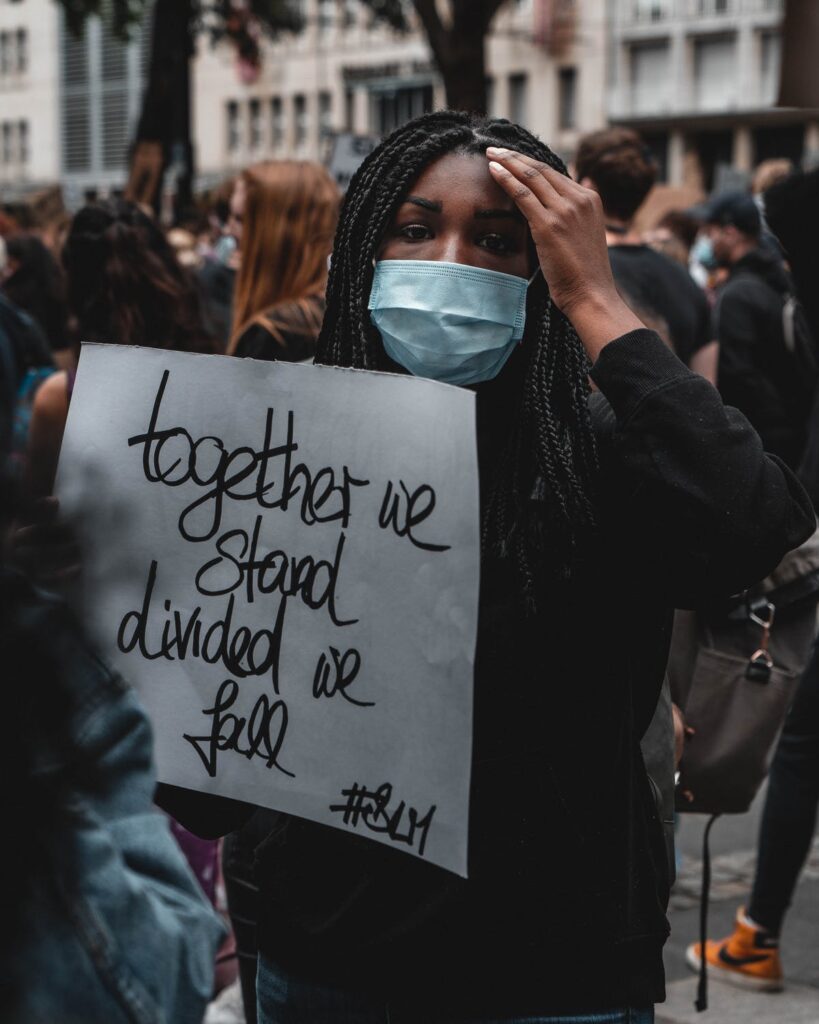ABOUT US
The Ohio Institute for Communities of Color(OhioICC) comprises diverse ethnic and racial groups (African American, Asian, and Pacific Islanders, Black, Latino, and Indigenous People) of community-based and grassroots organizations. Past research on pandemics shows a myriad of inequities by race, ethnicity, and income groups, including the level of exposure to the pathogen, access to quality healthcare, post-pandemic effects, shortened life expectancy, and lower quality of life. This is mainly due to the persistence of unacceptable racial and ethnic health disparities, strongly correlated to upstream social determinants of health. Racism is a public health crisis that is under the umbrella of equity. To make equity real for communities with in-depth research and analysis and provide testimony and comments to public agencies.
MISSION
The mission of the Institute shall be to achieve equity, health, and social justice. To enhance the health and well-being of the state through the combined efforts of individuals, organizations, professionals, and community leaders, the Institute is a collective voice for communities and a conduit for information and resources.
VISION
The vision of the Institute is to achieve equality, diversity, and inclusion for all by dismantling systemic racism
PURPOSE
The Institute's goal shall be to advance racial equity for people of color through advocacy, community and coalition building, research, economic opportunity, policy justice, and leadership development for communities of color of Ohioans (Asian, Blacks, Latinx, Native American and New American)

